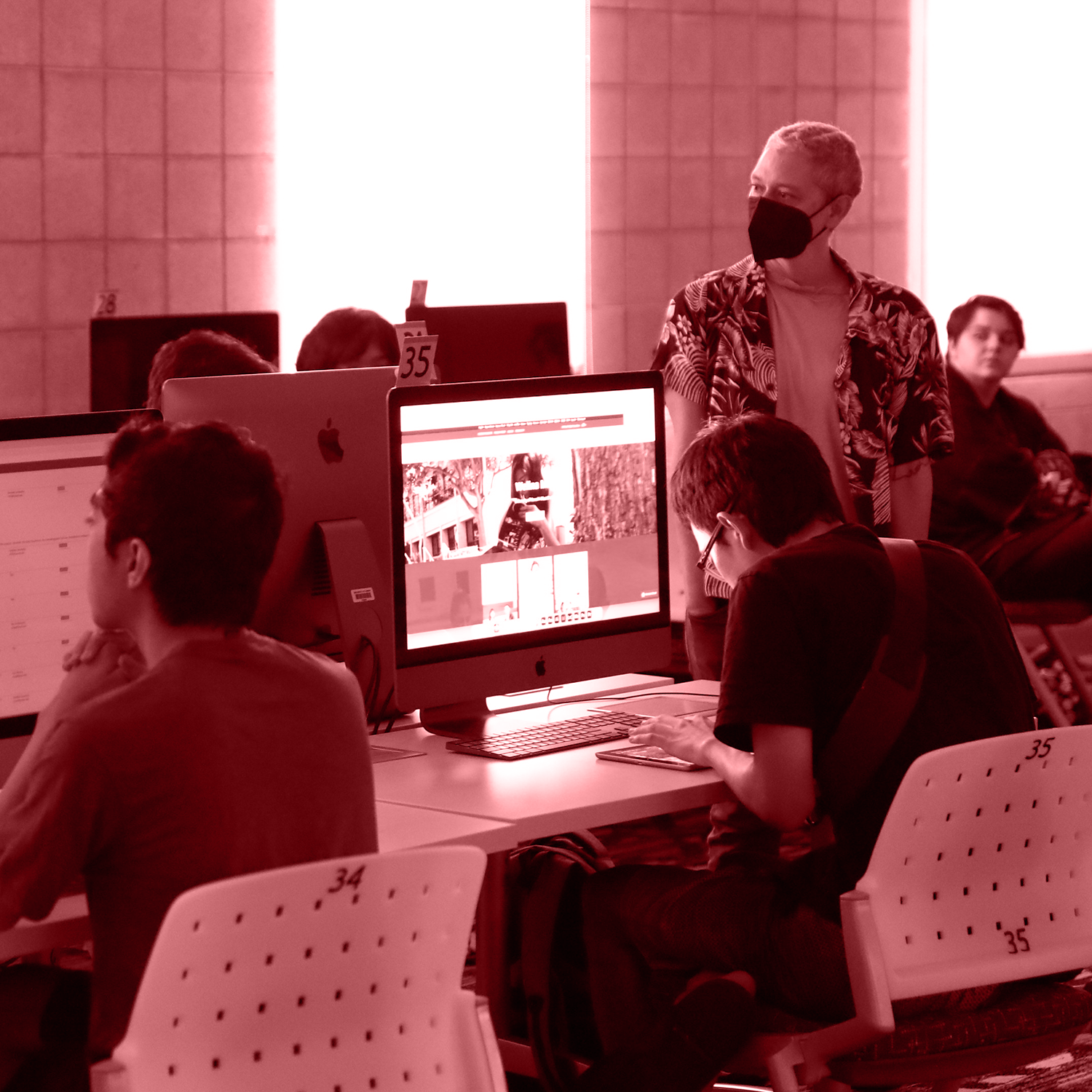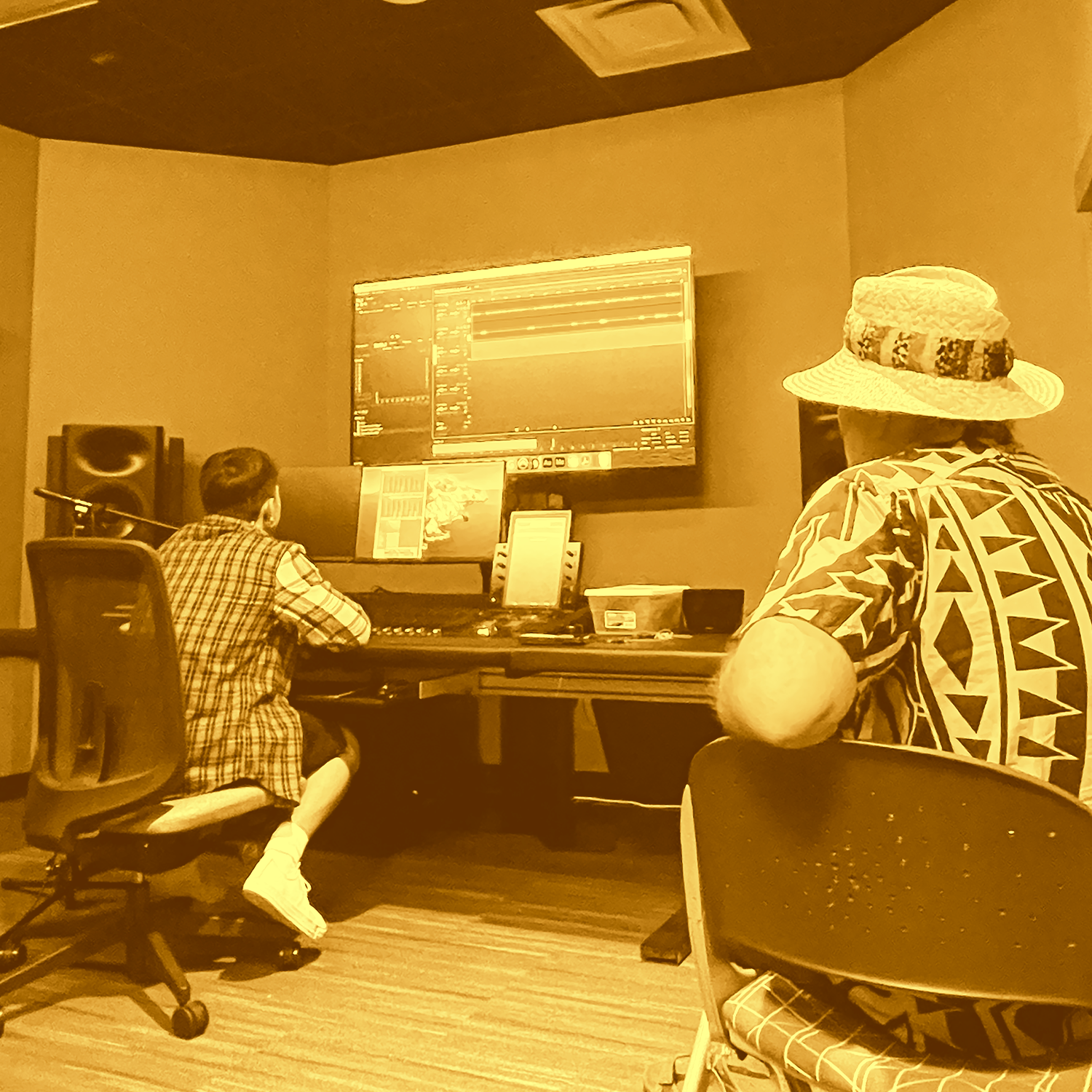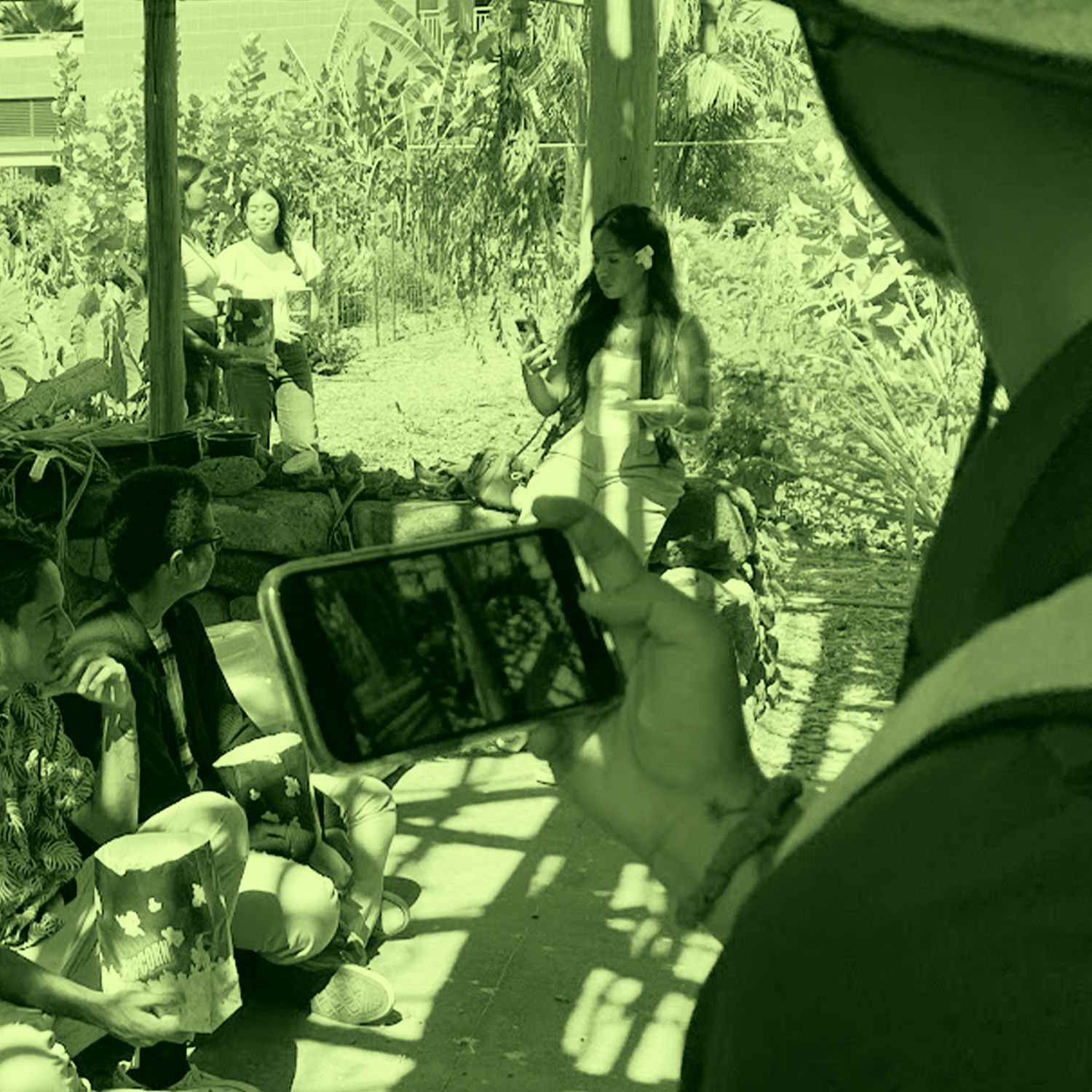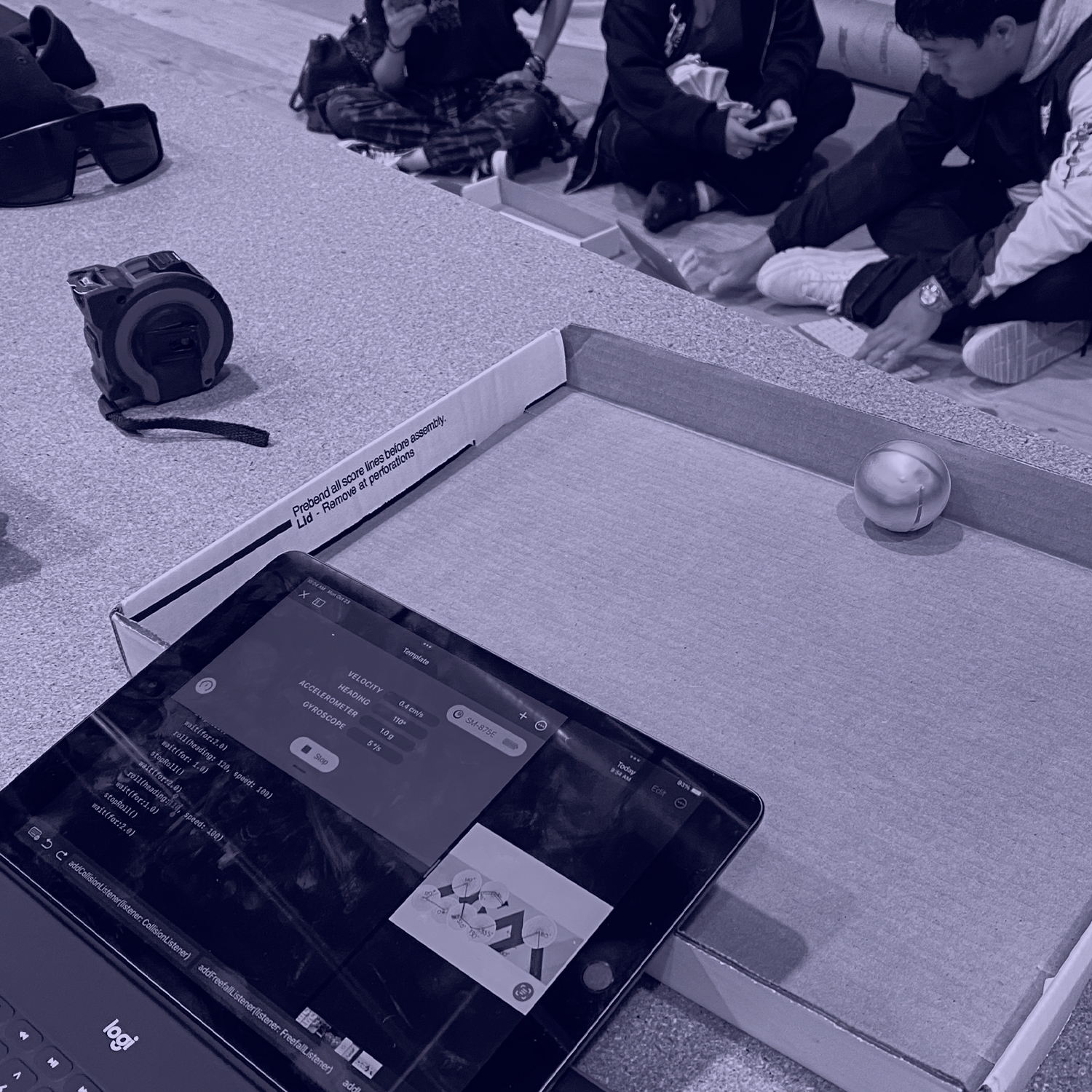Curriculum
Knowledge Framework: TPACK + PLK
The TPACK framework, which stands for Technological Pedagogical Content Knowledge, is a conceptual model for understanding and describing the types of knowledge that teachers need to effectively integrate technology into their teaching practices. It was developed by Punya Mishra and Matthew J. Koehler in 2006, building upon Lee Shulman’s concept of Pedagogical Content Knowledge (PCK).
The TPACK framework normally consists of three primary forms of knowledge and their intersections. However in this case, we’ll be adding in Place-based Knowledge (PLK):
- Content Knowledge (CK): Subject matter expertise that teachers must know and teach.
- Pedagogical Knowledge (PK): Knowledge of teaching methods, processes, practices, and strategies.
- Technological Knowledge (TK): Understanding of how to use various technologies, both basic and advanced.
- Place-based Knowledge (PLK): Understanding of the relationships between living beings and their environment, which has been developed and passed down through generations.
This expanded framework acknowledges the important role of Place-based Knowledge in education and how it intersects with content, pedagogy, and technology. It provides a more comprehensive model for integrating place-based perspectives into teaching practices across various disciplines.
Redesign Model: SAMR
Developed by Dr. Ruben Puentedura, the SAMR (otherwise known as Substitution, Augmentation, Modification and Redefinition) model is a framework to evaluate technological integration into instructional practice. By using this framework, instructors can identify appropriate technology for the classroom.
In this context, we also consider how the technology is used in the redesign as an integral part in determining the level of integration. Technologies such as LMS tools (Lamakū) and word processors (Google Docs) are the norm; this is the starting point from which we apply SAMR.
For the purpose of this grant, we will utilize the expanded TPACK framework in conjunction with the SAMR model to explore technology applications in redesigned assignments. Use the following form to facilitate the decision making process.
Substitution
Technology acts as a direct substitute, with no functional change.
At this level, the goal is to implement new tools, maintaining the same outcome as the original assignment.
Example
Original: Write a short essay on a historical event.
Redesign: Create a sequence infographic to present the timeline of a historical event.
(Bloom's Taxonomy applied: Remembering)
Augmentation
Technology acts as a direct substitute, with functional improvements.
Now, the goal is to implement new tools to enhance the original assignment and leverage the capabilities of the technology.
Example
Original: Write a short essay on a historical event.
Redesign: Create two powerpoints/infographics that recount a historical event from different perspectives–either of individuals or groups of peoples involved–using imagery, graphics and words that invoke how the event is different or similar in each point of view.
(Bloom's Taxonomy applied: Understanding and Applying)
Modification
Technology allows for significant task redesign.
The goal moves from enhancing the original context to transforming it in order to improve the learning outcomes.
Example
Original: Write a short essay on a historical event.
Redesign: Create a powerpoint/infographic about a historical event in a non-linear format. For example, highlighting cyclical aspects, influences of it in current affairs, or showing branches and connections of specific moments in the event.
(Bloom's Taxonomy applied: Applying, Analyzing and Evaluating)
Redefinition
Technology allows for the creation of new tasks, previously inconceivable.
In this level, the technology is essential and innovative for the redesigned context and its improved learning outcomes.
Example
Original: Write a short essay on a historical event.
Redesign: Create an interactive powerpoint/infographic in the style of a Choose Your Own Adventure, where someone walks through a historical event and is given the opportunity to make choices at key turn points, veeringinto a different vantage point or “what if?” scenarios based on your understanding of the event.
(Bloomʻs Taxonomy applied: Evaluating and Creating)
Closing the Loop
Is the use of technology and creativity working in elevating your teaching methods? Has the assignments work? How do you measure learning outcome success when utilizing technology and creativity? Please use the following as a way to assess the assignments effectiveness.



